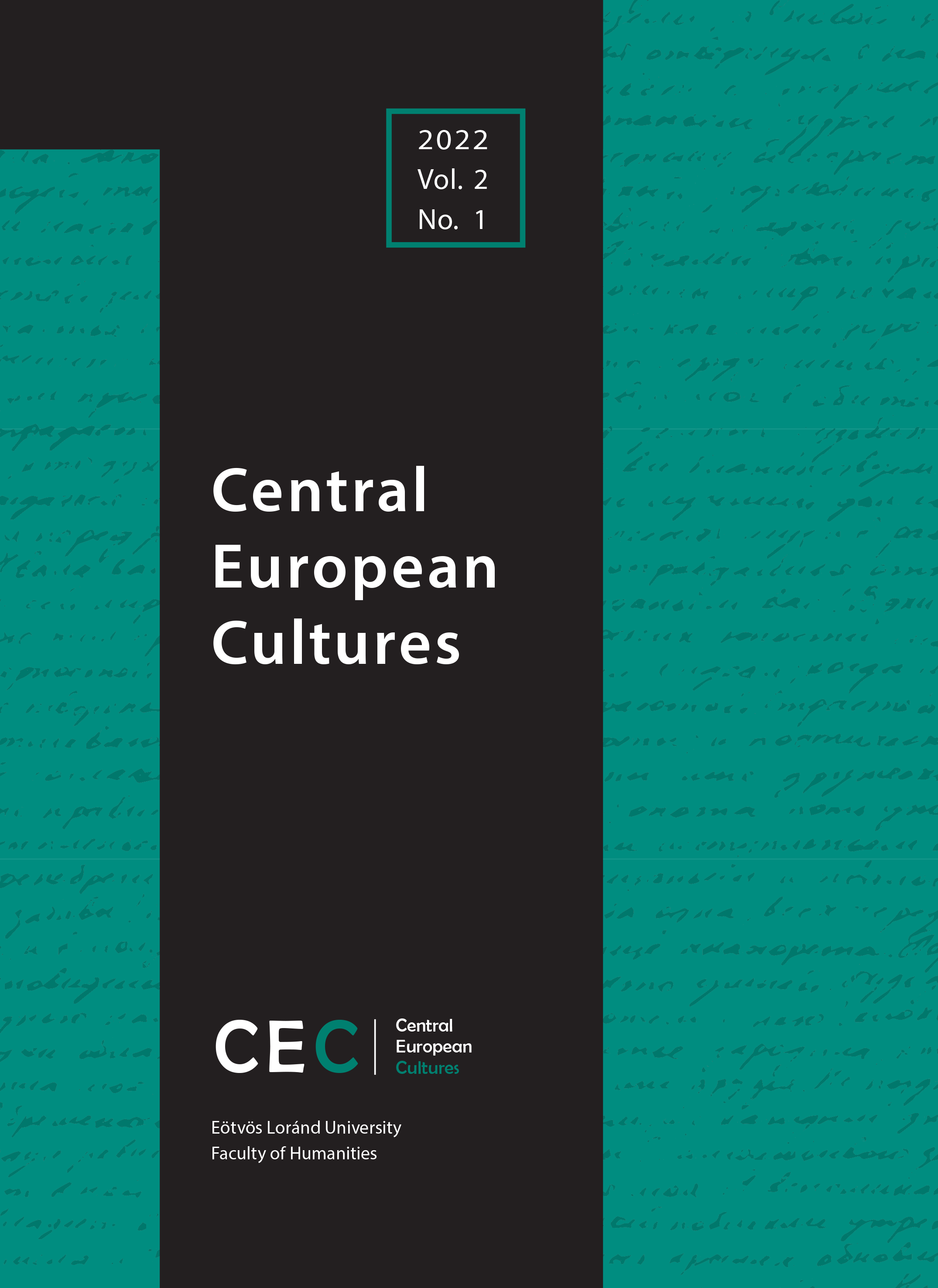Classroom Commentaries and their Communities of Interpretation in Central Europe in the 1510s and 1520s
Published 2023-01-26
Keywords
- humanism, Renaissance education, pedagogical commentaries, marginalia
How to Cite
Copyright (c) 2023 Author(s)

This work is licensed under a Creative Commons Attribution-NonCommercial 4.0 International License.
Abstract
This paper presents the East Central European late medieval and early sixteenth century classroom commentaries as a source material which is still relatively unexplored and little researched, and has a great potential for understanding the communal experience of reading at the threshold of the early modern times. A large number of early prints survive from the years 1480–1550 with manuscript annotations which show clear signs of having been read in a university environment. After a survey of the typical characteristics of such prints, I will particularly focus on sources coming from the university of Cracow and Vienna from the years 1490–1535, and examine this material from several aspects, including the reading procedure, the purposes of reading, the commenting practice, the main type of commentaries, and the individual reading experience. I will try to show that the change in the format of media that the appearance of print, and particularly this type of prints brought along was also able to involve new readers and change the way in which the interpretation of the text was carried out.

